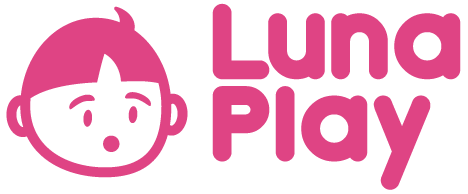List of EIPIC centres in Singapore (and how to get in faster)
You suspect your child might need some early intervention.
He might be hyperactive. Or slow with his speech. Or he might be throwing crazy tantrums.
You’re worried. And you hear that early intervention might help.
But you are confused about what the whole process is like, and how you are going to be able to help.
When I was working in a family service centre previously, I worked with a family with 2 children with learning difficulties. Whilst it was on a scale, it made me realise just how difficult it was.
I hope this article helps you, as the parent, to better know how to help your child, whichever point of the journey he’s at right now.
Things you need to know about EIPIC
Fundamentally, EIPIC is an early intervention programme for children between 2 to 6, and not school. This means that you might be able to enrol your child there for 2 hours 2 to 3 times a week, but that’s it.
They are not going to take care of your child, like a normal preschool.
It’s rare that the centre would have an accompanying preschool that you can send your child to.
For example, when I worked with that family, they would have to send their child to the EIPIC programme via the school bus at 9am on Mondays and Wednesdays, and then the school bus would send the child to the preschool at 1130am after the programme ended.
Secondly, you would need to wait.
Don’t expect the programme to just be something you get in 3 months. You might wait on average, 12 months.
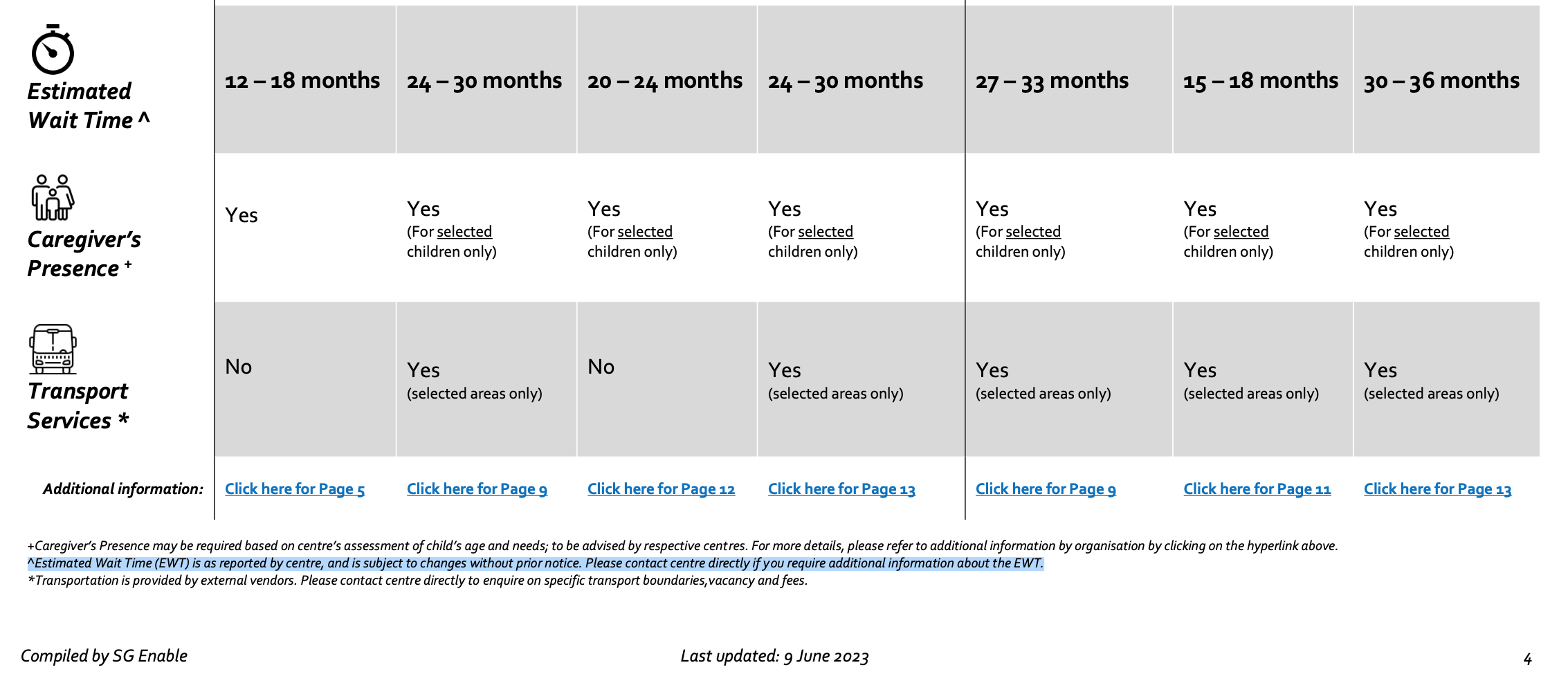
If you’re not prepared to wait as long, there are private providers you can find.
If you suspect something is wrong, listen to your gut
One of the biggest barriers to getting help is fear. We want the best for our child, and we worry that sending them to the doctor, and getting them ‘labelled’ as ADHD, or with conditions such as the Autism Spectrum Disorder may end up leaving them worse off.
No parent wants to do that for their child.
And that’s why it’s vital that you do it sooner, rather than later.
In one family I worked with, a child was struggling in preschool. Her granny brought her to see the doctor, and eventually got her into the Early Intervention Programme for Infants and Children (EIPIC).
Start early, rather than later.
As you can see from the process chart below, the first step is to get your child to see a paediatrician who can make an assessment.
Depending on the assessment, the doctor can then make a referral.
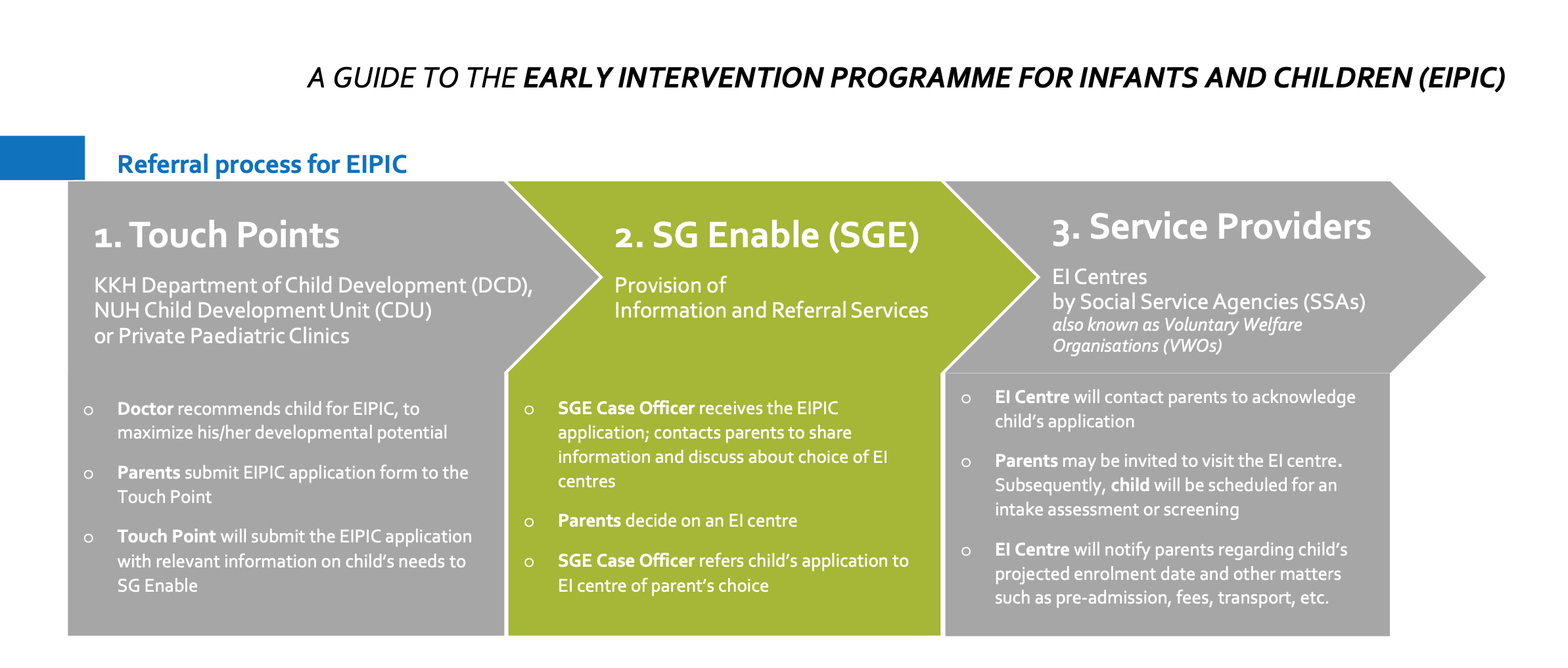
What do you do when faced with a long waiting time?
But you may be anxious to get seen, and realise that the paediatrician will take 3 months before they can see you.
In the meantime, you can go to Early Intervention providers like Care Corner, which will assess if you could take part in:
- KidsReady (K1 to K2)
- An intensive intervention programme that prepares children for primary school through building their literacy, numeracy and fine-motor abilities.
- Suitable for: Children attending preschool / Early Intervention Programme for Infants & Children (EIPIC) centres who need more support in literacy, numeracy, handwriting and fine motor skills
- KidsBright (K1 to P6)
- KidsBright is a neuro-development programme to enhance cognitive functioning and learning ability.
- KidsBright is a neuro-development programme to enhance cognitive functioning and learning ability.
If you’ve gotten the referral, then you can choose from a variety around the island
Once you’ve gotten the referral from the doctor, you will need to fill up the form.
Following the form being submitted back to the doctor, they will then submit it to SG Enable. You will need to wait.
Follow up with the relevant agency on your own
As a social worker who was working with many different parties, I saw how busy certain agencies could be, and how they could sometimes drop the ball.
It wasn’t that they forgot about you. But that sometimes, there were just so many applications that it was hard for them to get it to you.
At each point, my advice is to make sure that you follow up with the relevant person in charge.
You need to:
- Before coming out of the doctor, know what is going to happen next, and by when.
- For example you could ask: “Doctor, I’m quite worried about my child and would like to help him as fast as possible. Can you tell me who will be submitting my referral, and by when? Can you give me a number I can call to check in on the progress?”
- Most agencies are kind and would allow you to have a number to call. They want to help you.
- Call SG Enable and ask them when you will get the referral through to EIPIC Centre.
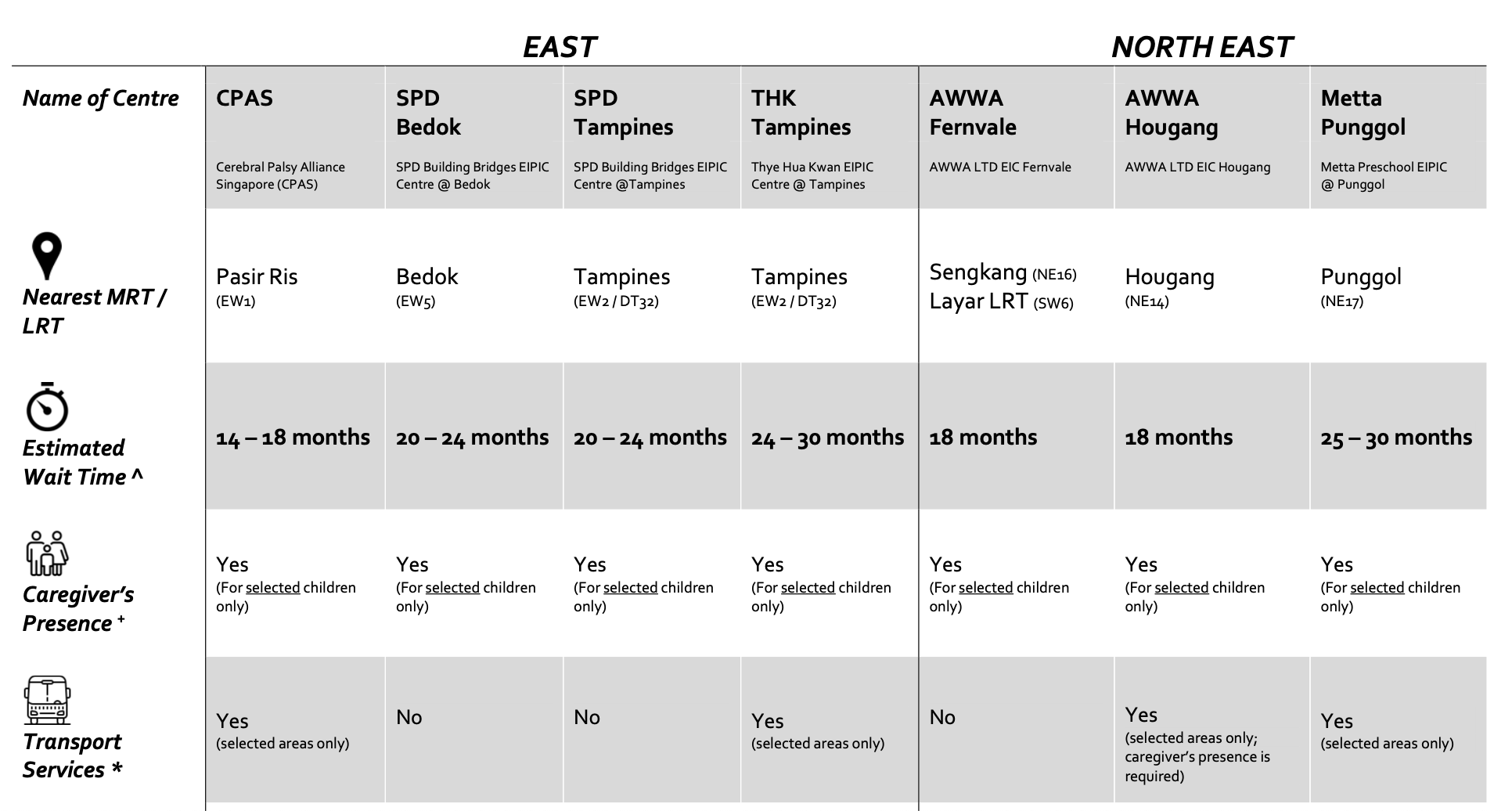
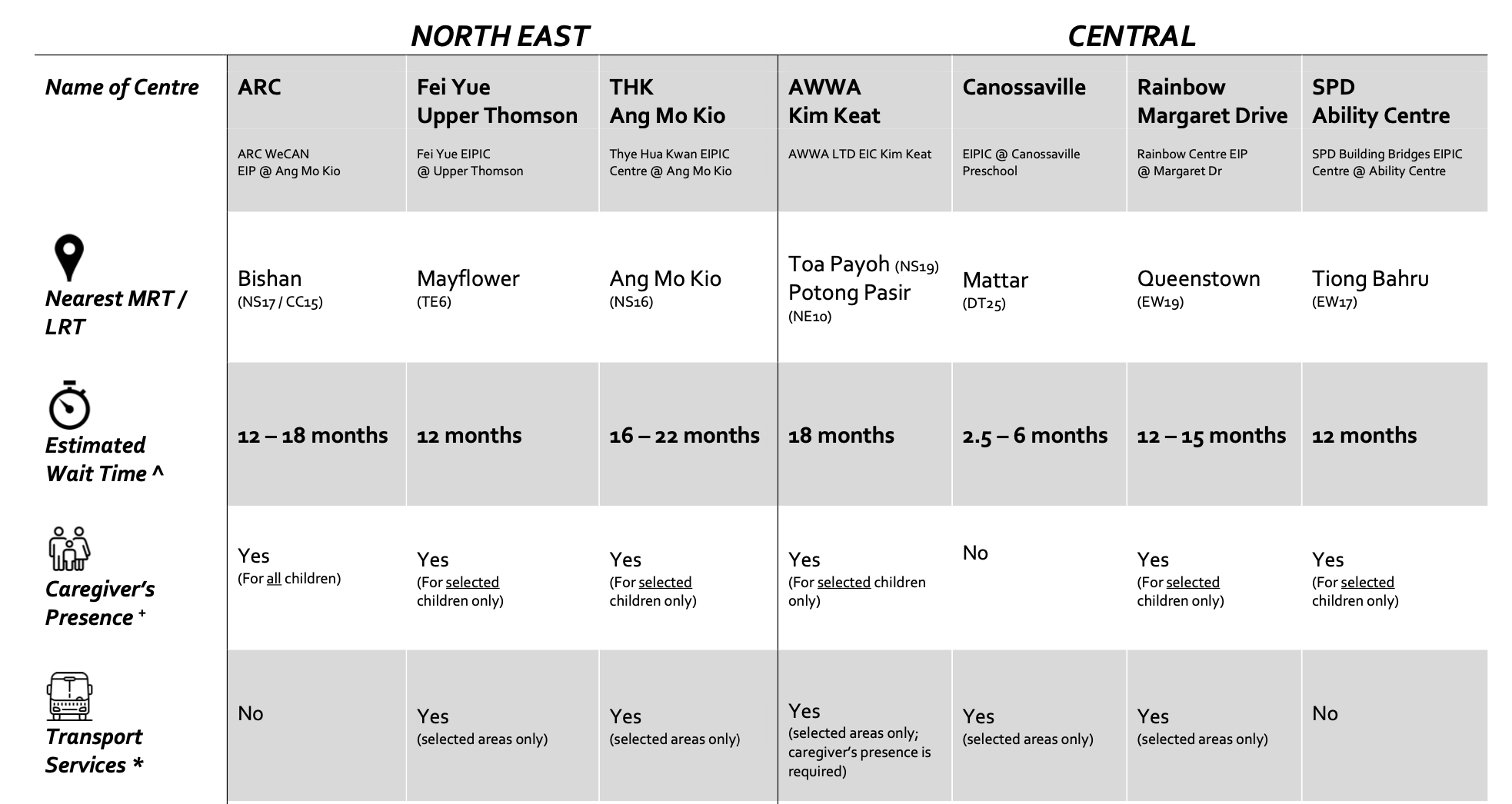
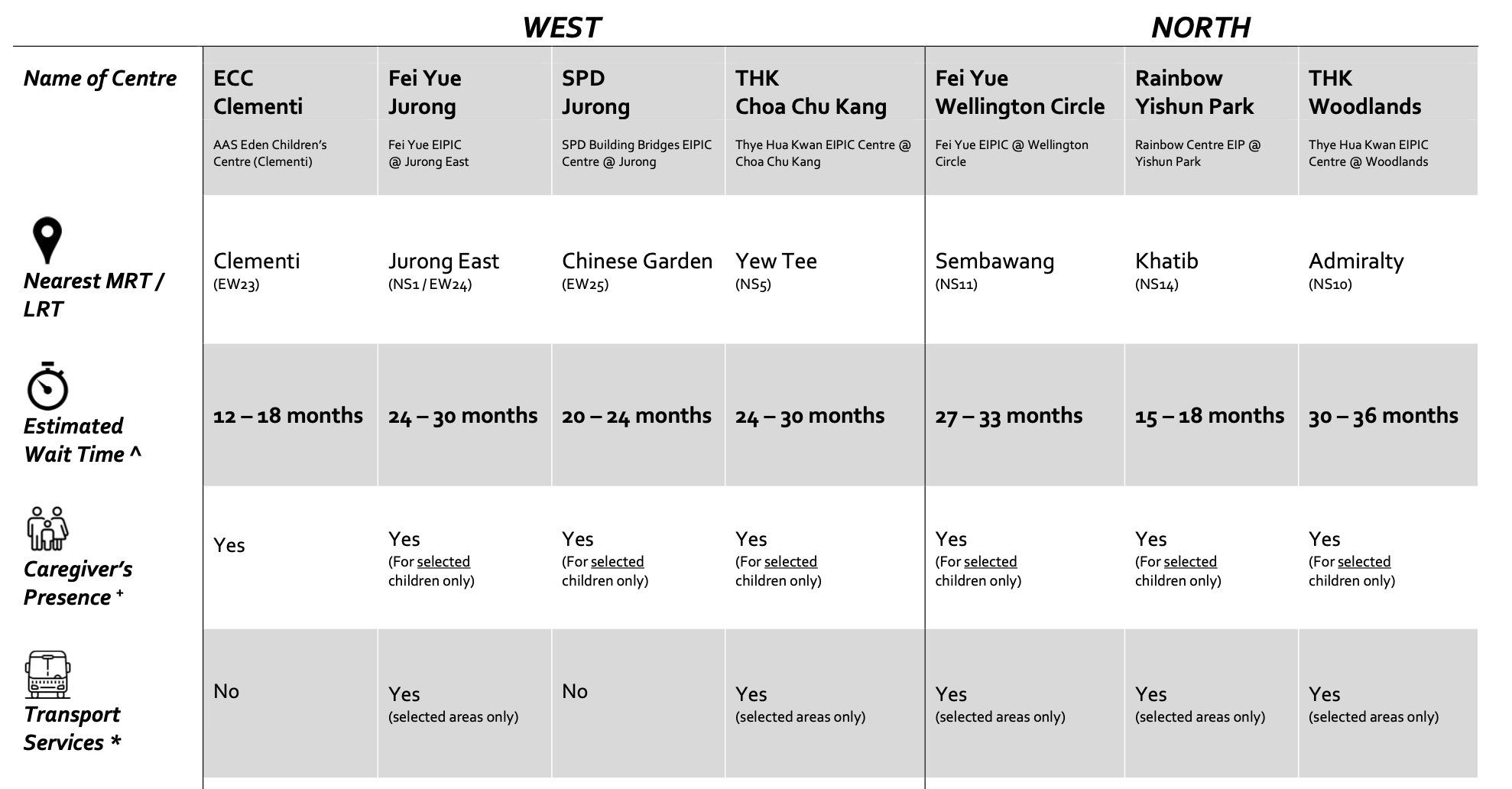
Make sure you call the EIPIC Centre
Once you get through to the referral being put through to the EIPIC centre, you can call the centre that has been assigned to you.
Go to private providers
There are a number of private providers in the market, but one I would recommend is Renewed Hope Education and Therapy Services.
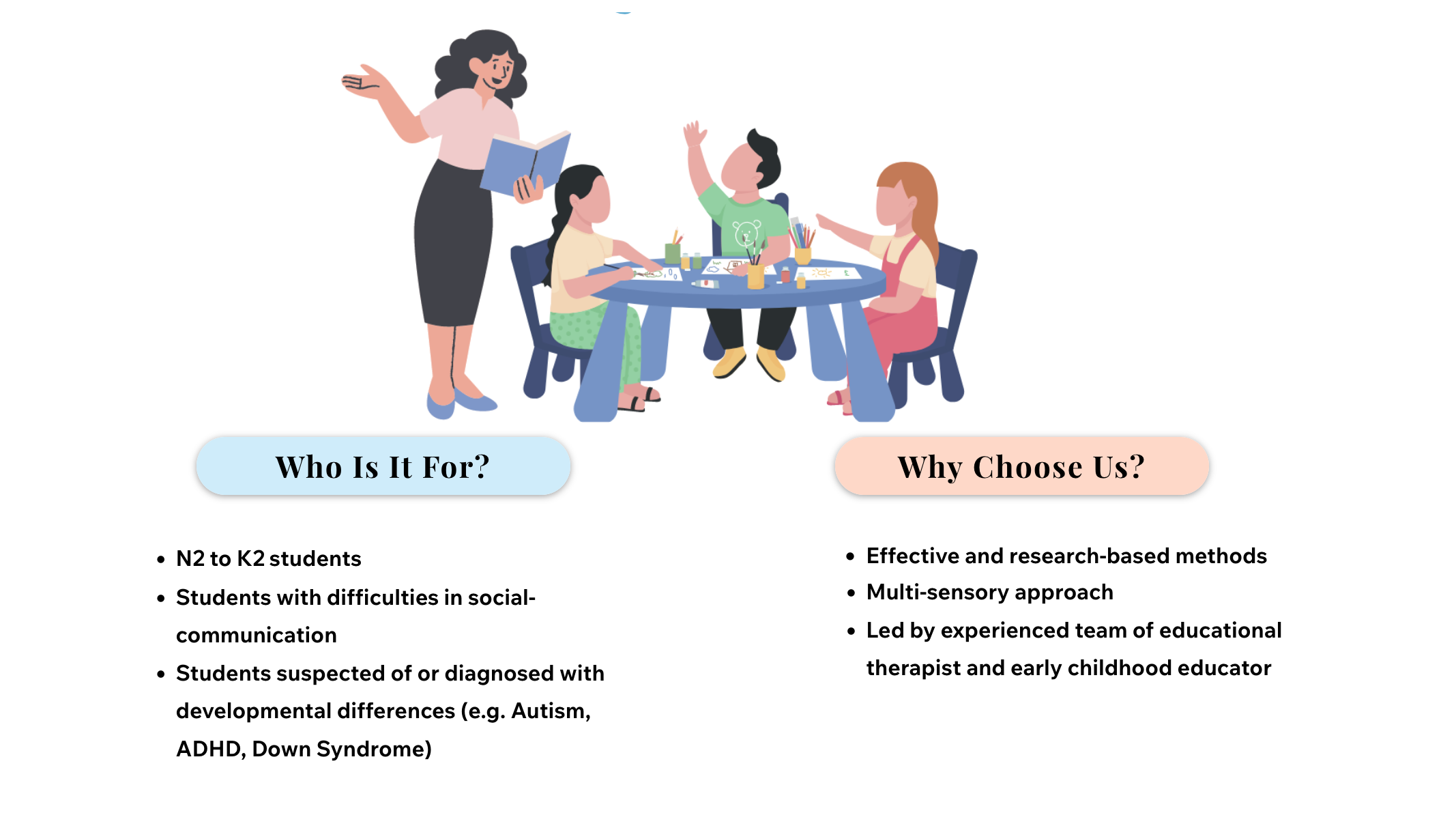
Rather than having to face the big problem of getting your child into the EIPIC programme, and then finding yourself needing to arrange transport into preschool everyday, you find yourself being able to place your child there.
It might be a little pricier though.

Whilst they started in 2020, having personally spoken to the founder Ying Jie, I do know that they have personal experiences working in such settings, and base their methodology on research-backed science.
Get a social worker for help
Being a parent is tough. You might even face additional difficulties managing an elderly parent, who you might even be looking for an elderly day care for.
Social workers can help.
All you need to do is go to the nearest Family Service Centre near your home, explain your troubles, and they can start helping you to call the relevant parties, write social reports (that could help you get a place in an EIPIC Centre faster), and manage the problems for you.
You don’t have to deal with this alone.
